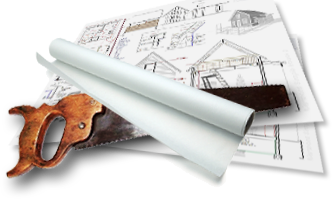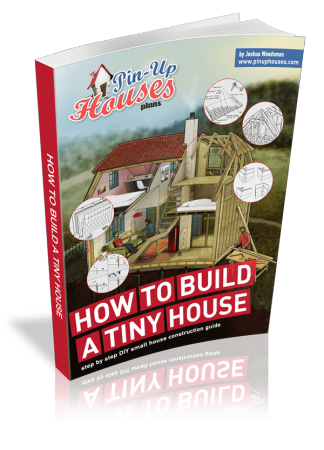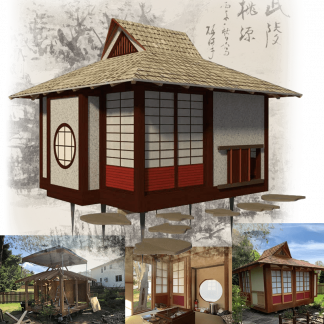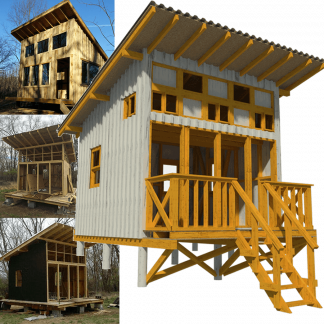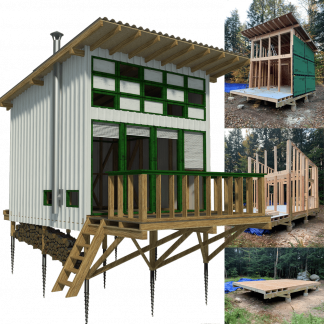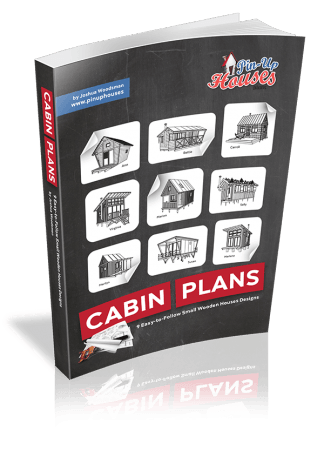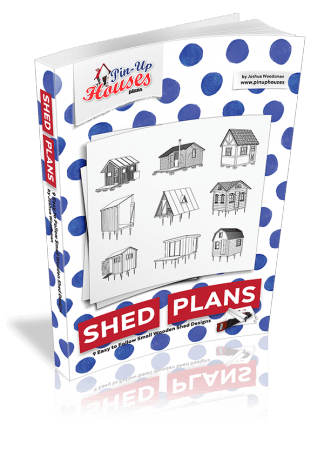
Many people feel their living area no longer suits their routine, but moving isn’t always practical or affordable. The good news is you can maximize what you already have with thoughtful updates and smarter design. Instead of thinking about tearing down walls or adding an extension to your home in Chicago, IL, consider how existing rooms and unused zones can better serve your lifestyle. Some of the most valuable areas often go overlooked, and they’re usually right under your feet. Whether you’re reorganizing, updating lighting, or revamping a lesser-used level, there are clear ways to boost comfort and flow.
Here’s how you can maximize your living space:
Start with a Room-by-Room Assessment
Before planning anything major, take a walk through every area. Write down what feels cluttered or underutilized. Is there furniture blocking walkways? Are some items collecting dust? You might be surprised how much can change with rearrangement or removal. Consider what each part of your setup does for you on a daily basis. If something isn’t serving a purpose, consider donating it or swapping it out for something more efficient. This type of audit helps you set priorities based on how you use your living areas rather than how they look. Once you clearly see what works and what doesn’t, you can take steps that make your layout feel more open and usable.
Unlock the Hidden Value Below Ground
One of the most overlooked parts of the home in Chicago, IL, is the lower level. When used well, it can add real value. A local contractor specializing in transforming basements into attractive and useful living zones can offer custom design work that reflects your goals. Whether you want a guest room, lounge, office, or fitness zone, their team can help. Look up basement finishing near me to learn more about theirservices, including layout planning, finishing options, insulation, moisture control, and lighting upgrades. They can also personalize their refinishing services based on how you want to use the area. This type of tailored offering provides both convenience and long-term satisfaction without adding extra square footage above ground.
Use Vertical Storage to Your Advantage
When floor space is limited, look up. Vertical storage solutions free up walking room while giving you more areas to stash essentials. In the kitchen, wall-mounted spice racks and tall pantry shelves keep things tidy. In the bedroom, use over-the-door hooks or hanging organizers for clothes and accessories. Even your laundry zone can benefit from stackable bins or overhead shelving. Prioritize zones that often get cluttered. These are the best places to test out simple vertical setups. You’ll not only make things easier to find but also reduce visual mess. Using the full height of a wall helps rooms feel more open while still serving everyday storage needs.
Replace Worn or Inefficient Fixtures
A few small changes can improve both design and comfort. Swap out dated light switches, squeaky door handles, or wobbly cabinet knobs for newer options. These may seem like minor adjustments, but they create a noticeable difference. Efficient lighting is another easy win. LED bulbs reduce energy use and give off better-quality light. In the kitchen or laundry area, newer fixtures can streamline your routine while giving the room a cleaner look. Keep it simple and functional rather than trendy. Focus on what you touch and use every day, and choose designs that match the flow and feel of the rest of the area.
Opt for Multi-Use Furniture
If you want your rooms to feel bigger, invest in furniture that pulls double duty. A bench with built-in storage or a coffee table with hidden compartments can help reduce visual clutter. For small living zones, consider a foldaway table or a pull-out couch. These give you flexibility without cramping the layout. In shared rooms, storage ottomans are helpful for storing blankets, books, or board games. Pieces like these save room and let you get more use out of each corner. The goal isn’t just to fit things in. It’s to support your habits without taking away comfort or walkability.
Improve Lighting for a Spacious Feel
Lighting plays a big role in how open a room feels. Start by swapping dim bulbs for brighter, energy-efficient options. Try layering, like overhead lights for general brightness, table lamps for focus, and accent lights to highlight key areas. If your windows are covered with thick curtains, replace them with sheer panels or blinds that let in natural light. In dark corners, add a floor lamp to make the area more inviting. Try not to rely on just one light source per room. The more evenly distributed the lighting is, the more open your layout will feel. This simple update boosts comfort and makes daily tasks easier to manage.
Keep High-Traffic Areas Clear
Narrow walkways and entry points can quickly feel tight when clutter builds up. Remove oversized furniture and place shoe racks, coat hooks, or mail organizers where they won’t block movement. In hallways, opt for narrow shelving or recessed cubbies if extra storage is needed. Entry points should be easy to navigate. This is the first impression your living space gives. Clear flow makes any place feel larger and less overwhelming. Avoid putting temporary items in the path of daily movement. Keeping these zones open doesn’t require a full redesign. It just takes a few mindful changes and better use of surrounding surfaces.
Rethink Color and Paint Choices
Wall color affects how large or small a room feels. Soft neutrals like beige, pale grey, or light blue can make rooms appear brighter and more open. They reflect light instead of absorbing it, which works especially well in areas that don’t get much sun. Avoid high-contrast borders, which can visually chop up the layout. Stick with one main tone and use accent colors in furniture or art. If you’re repainting trim or ceilings, go a shade lighter than the walls to give a lifted look. Paint is a low-cost way to refresh the visual feel of your setup without major changes.
You don’t always need more square footage. You just need to use your current setup wisely. From adding flexible furniture to finishing the lower level, every part of your living area holds more potential than it may seem. Tackle one zone at a time, and look for changes that align with your needs. You can boost comfort, reduce clutter, and even support long-term efficiency without taking on a major overhaul. Whether you do the work yourself or seek outside help, the goal stays the same: to feel more settled, comfortable, and capable right where you are.

